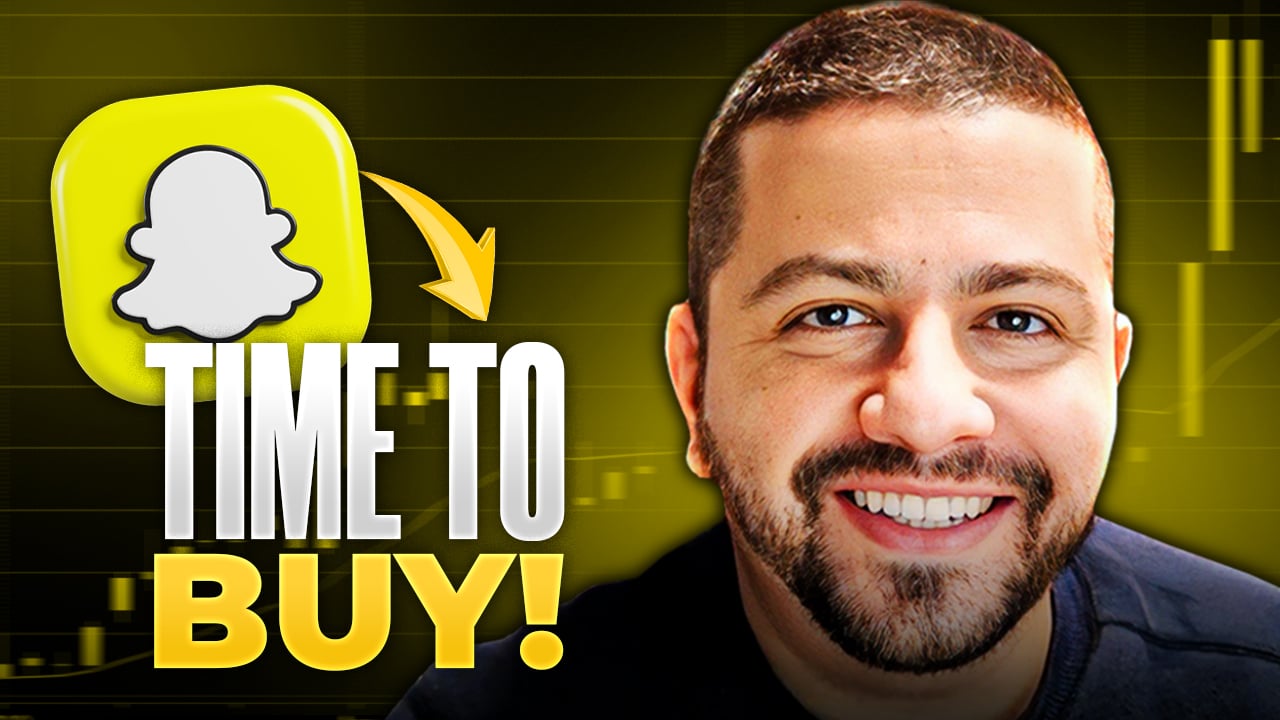Snap's (SNAP +0.13%) stock rallied 60% over the past 12 months to a three-year high as the social media company shook off the bears with its consistent growth in revenue and users. However, Snap remains unprofitable, and its stock looks pricey at 16 times this year's estimated sales.
That's a frothy valuation compared to those of industry peers like Facebook (FB 0.64%) and Twitter (TWTR +0.00%), which trade at nine and eight times this year's sales estimates, respectively.
Let's discuss four reasons investors are paying a premium for Snap, and see if this hot stock still has room to run.

Image source: Getty Images.
1. Still a Gen Z favorite
When Snap's user growth stalled out in 2018, the bears declared it was losing the fickle Gen Z market to Facebook's Instagram, which cloned many of Snapchat's popular features. However, Snapchat's year-over-year growth in daily active users (DAUs) subsequently stabilized and actually accelerated over the past four quarters.
Piper Jaffray's latest Taking Stock with Teens survey found that 82% of American teens still regularly engaged with Snapchat, compared to 85% on Instagram. ByteDance's TikTok, which is frequently cited as a potential rival, only had an engagement rate of 62%. Twitter and Facebook had even lower teen engagement rates of 41% and 34%, respectively.
Therefore, any brand that is targeting teen shoppers will likely keep buying ads on Snapchat -- which arguably makes it a more attractive investment than its more "mature" rivals.
2. Robust growth in revenue and users
Snap's revenue rose 44% annually to $462 million in the first quarter of 2020. Its DAUs grew 20% to 229 million, as its average revenue per user (ARPU) also rose 20%. It didn't provide any revenue guidance for the second quarter, due to unstable ad demand during the COVID-19 crisis, but it still expects its DAUs to grow another 18% annually to 239 million.

Image source: Getty Images.
Snap attributes that consistent growth to its expansion in overseas markets (which accounted for 62% of its DAUs last quarter), and the expansion of its ecosystem of lenses, games, and Discover videos.
Snap noted the total time spent by Snapchatters watching its Discover content grew 35% year-over-year, as the total daily time spent watching its shows more than doubled. Snap Games, the in-app gaming platform it launched last year, also continues to grow with exclusive new games from Zynga (ZNGA +0.00%) and other publishers.
Wall Street expects Snap's revenue to rise 23% this year and 38% next year. Investors should take analysts' estimates with a grain of salt, especially as the COVID-19 crisis continues, but the market seems willing to pay a premium for that accelerating revenue growth.
3. Better financial discipline
Snap's net loss only narrowed slightly year-over-year from $310 million to $306 million last quarter. However, its adjusted EBITDA loss -- which excludes stock-based compensation and other variable expenses -- narrowed from $123 million to $81 million.
Snap won't turn a profit anytime soon, but it's making gradual progress toward its stretch goals of achieving adjusted EBITDA profitability with a positive free cash flow. The bears claim Snap could eventually run out of cash, but it was still sitting on $901 million in cash and equivalents with $1.18 billion in marketable securities last quarter -- which gives it plenty of breathing room for at least another one to two years.
4. It's insulated from (most of) the drama
Facebook and Twitter have both struggled to balance fake and polarizing news stories with demands for free speech, but Snapchat decisively stopped promoting President Trump's account in early June in its Discovery section, saying it refused to "amplify voices who incite racial violence and injustice." Snapchat did not, however, suspend or delete the president's account.
Besides that brief clash with President Trump, Snapchat has largely been insulated from the issues of political bias, fake news, privacy, and security that have dogged Facebook, Twitter, and other tech giants in recent years. Therefore, investors need not worry a lot about massive regulatory fines or legal expenses draining Snap's coffers.
Should you pay a premium for Snap's stock?
Snap isn't a cheap stock, but it's repeatedly proven the bears wrong. The stock should keep attracting investors as long as it continues to expand its audience and ecosystem, grow its revenue, and narrow its losses.
Investors seeking a safer social media play should stick with Facebook, which generates consistent profits from a much larger audience, but those seeking a higher-growth stock should take a chance on Snap.







